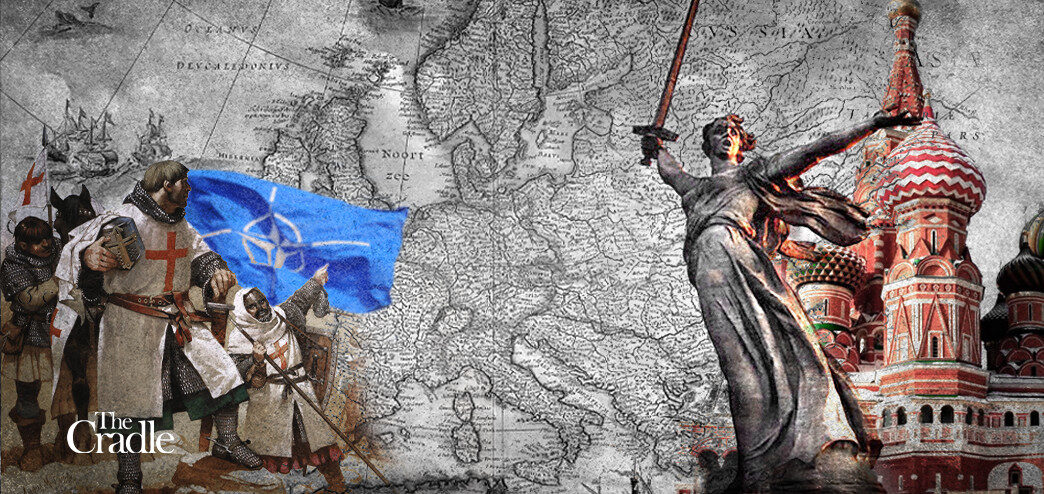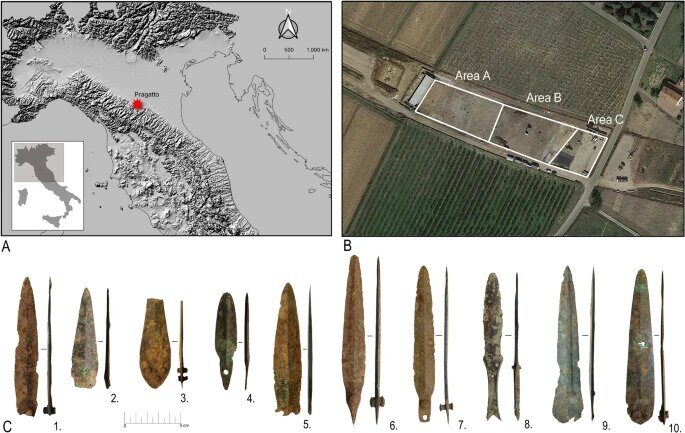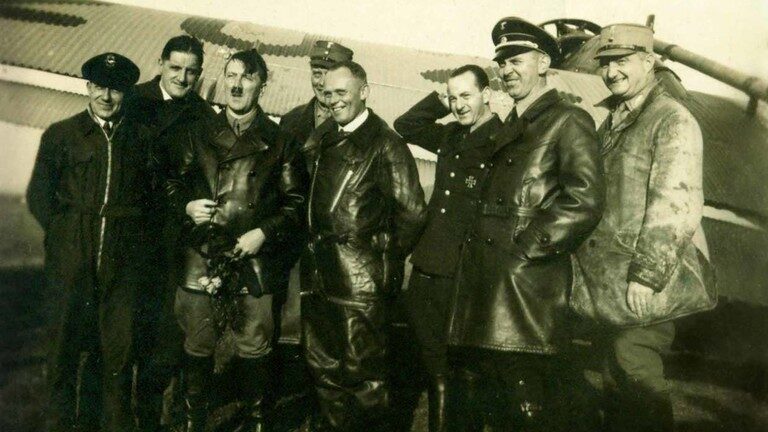Western Europeans see the Orthodox and eastern Christians as satraps and a bunch of smugglers, while the Orthodox regard the Crusaders as barbarian usurpers bent on world conquest.

© The Cradle
Under an ubiquitous, toxic atmosphere of cognitive dissonance drenched in Russophobia, it's absolutely impossible to have a meaningful discussion on finer points of Russian history and culture across the NATO space - a phenomenon I'm experiencing back in Paris right now, fresh from a long stint in Istanbul.
At best, in a semblance of civilized dialogue, Russia is pigeonholed in the reductionist view of a threatening, irrational, ever-expanding empire - a way more wicked version of Ancient Rome, Achaemenid Persia, Ottoman Turkey or Mughal India.
The fall of the USSR a little over three decades ago did hurl Russia back three centuries - to its borders in the 17th century. Russia, historically, had been interpreted as a secular empire - immense, multiple and multinational. This is all informed by history, very much alive even today in the Russian collective unconscious.
When Operation Z started I was in Istanbul - the Second Rome. I spent a considerable time of my late night walks around Hagia Sophia reflecting on the historical correlations of the Second Rome with the Third Rome - which happens to be Moscow, since the concept was first enounced at the start of the 16th century.
Later, back in Paris, banishment to soliloquy territory seemed inevitable until an academic pointed me to some substance, although heavily distorted by political correctness, available in the French magazine
Historia.There's at least an attempt to discuss the Third Rome. The significance of the concept was initially religious before becoming political - encapsulating the Russian drive to become the leader of the Orthodox world in contrast with Catholicism. This has to be understood also in the context of pan-Slavic theories springing up under the first Romanov and then reaching their apogee in the 19th century.
Eurasianism - and its several declinations - treats the complex Russian identity as double-faced, between east and west. Western liberal democracies simply can't understand that these ideas - infusing varied brands of Russian nationalism - do not imply hostility to "enlightened" Europe, but an affirmation of Difference (they could learn a bit from reading more
Gilles Deleuze for that matter). Eurasianism also weighs on closer relations with Central Asia and necessary alliances, in various degrees, with China and Turkey.
A perplexed liberal west remains hostage to a vortex of Russian images which it can't properly decode - from the two-headed eagle, which is the symbol of the Russian state since Peter the Great, to the Kremlin cathedrals, the St. Petersburg citadel, the Red Army entering Berlin in 1945, the May 9 parades (the next one will be particularly meaningful), and historical figures from Ivan the Terrible to Peter the Great. At best - and we're talking academic level 'experts' - they identify all of the above as "flamboyant and confused" imagery.





Comment: As it was with John Arthur Paisley, who just happened to have been sailing and was found with a lead weighted diving belt around his waist, so it was in 2006 with Philip Merril, who also had been sailing in the Chesapeake, when he was found with an anchor somehow attached to his feet. Unlike Colby, of course both Paisley and Merril were deemed suicides.
The Not So Strange Case of Philip Merrill